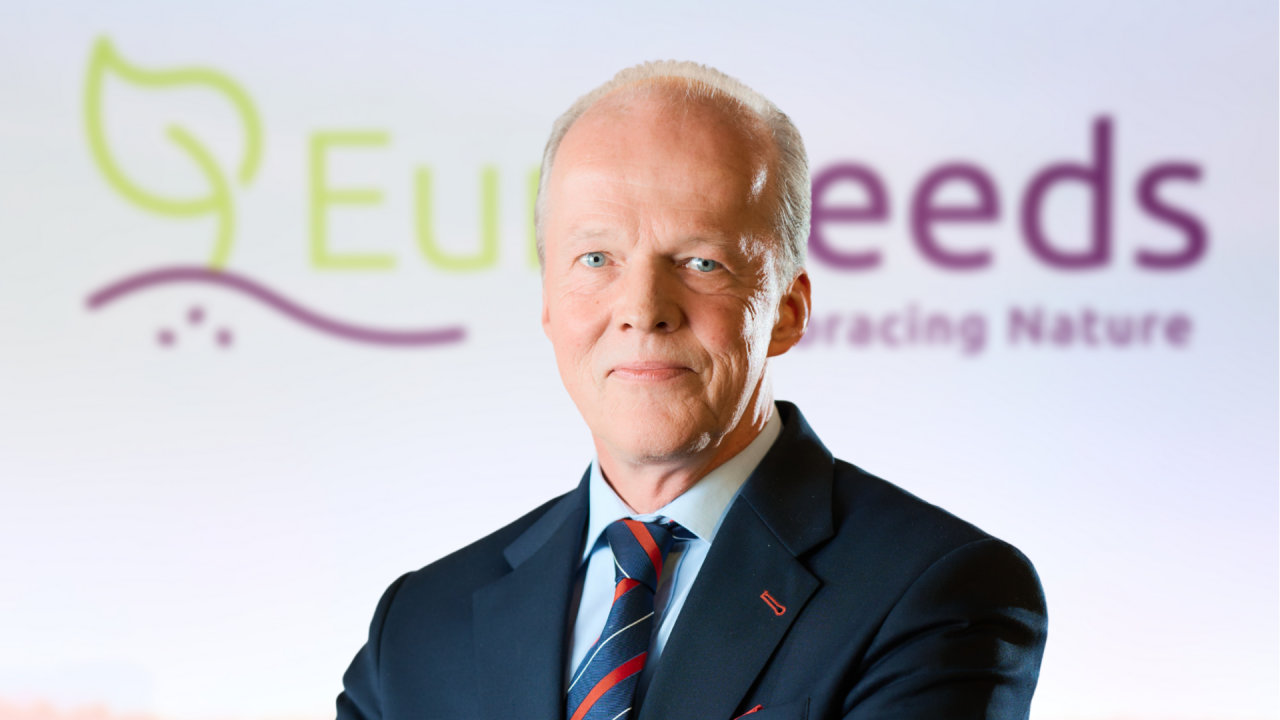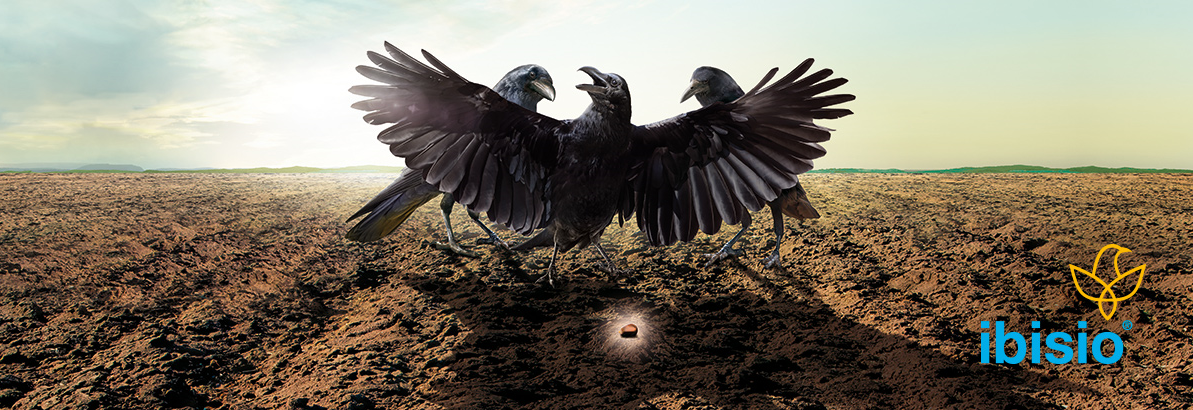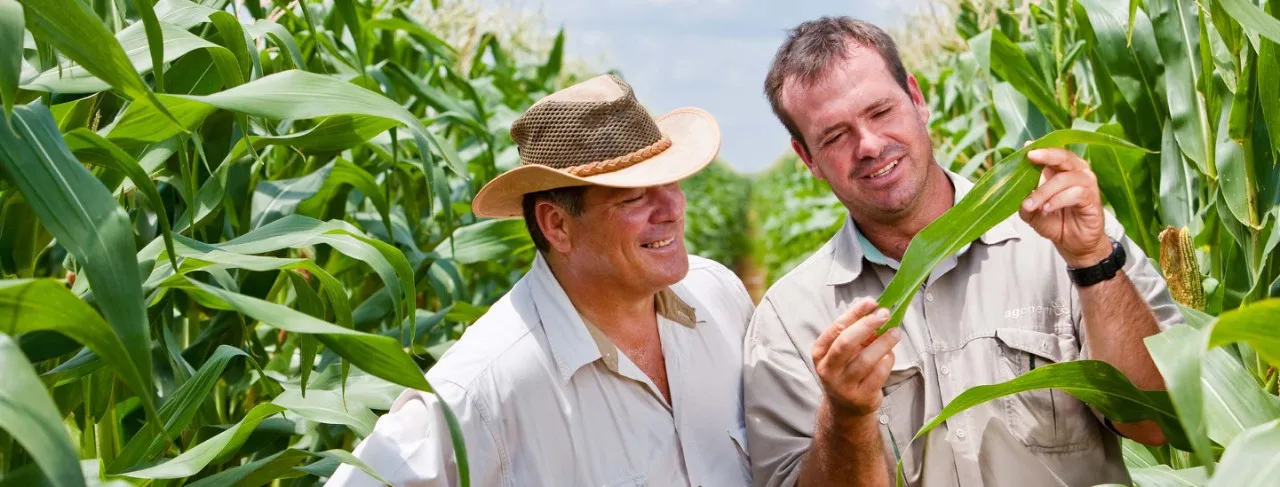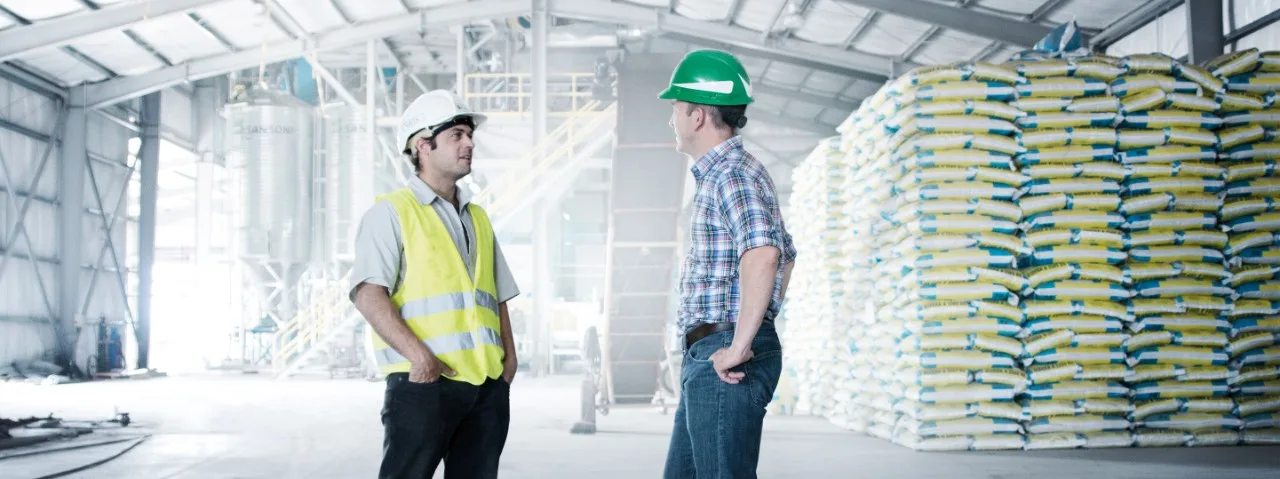"You cannot stop innovation: seed treatment sector is continuously evolving, making greater use of advanced technologies"

Garlich von Essen, Secretary General & CEO at Euroseeds (Image Source: Euroseeds)
The Euroseeds 2025 Congress had taken place in Edinburgh from Oct 19 - 22. This is a good time for everyone in the seed industry to look back on the past year and think about what’s next. We spoke with Garlich von Essen, Secretary General & CEO Euroseeds, about what’s happening now and some of the challenges the seed and seed treatment industry faces. He sees the industry in a good light and says it has always welcomed new ideas.
What trends do you see right now in the European seed business?
I believe there are several trends that are not exclusive to Europe. One is the diversification of business models driven by new technologies. We see new players entering the seed business, including service providers and technology companies. There is also a significant increase in public-private partnerships. Much of this is connected to the emergence of advanced breeding technologies such as CRISPR-Cas and gene editing in the broadest sense.
Similar developments are occurring in service provision related to breeding technologies - not only traditional breeding, but also areas that support the breeding process, such as AI, big data, and data processing.
The next step is seed production, where controlling quality throughout the process becomes crucial. Technologies like drones and advanced optics are becoming increasingly important. These trends extend into areas such as seed treatments, nutrients, packaging, and traceability, which will likely be central to the rest of our discussion.
These trends extend into areas such as seed treatments, nutrients, packaging, and traceability, which will likely be central to the rest of our discussion.
How can the seed treatment industry in Europe take advantage of these trends?
I'm fairly certain that in the seed treatment sector, there are two major discussions in Europe. One centers on the advancement of biologicals and whether it’s possible to partially or even more comprehensively replace traditional seed treatment options with them. This debate originated from the European Commission’s Green Deal and the Sustainable Use Regulation, though it ultimately did not result in legislation.
The conversation is ongoing. After an initial phase of enthusiasm, there is now a more realistic understanding that a combination of different tools is likely needed. As with gene editing, there is no single solution - neither in breeding, seed treatment, nor crop protection. All of this is further enhanced by the growing use of big data to analyze effectiveness.
The sector is continuously evolving, making greater use of advanced technologies and additional knowledge, gradually replacing certain elements rather than completely disrupting existing practices.
So biologicals have big potential?
While there is strong hope for biologicals, certain conditions must be met to realize this potential - specifically, a proper regulatory framework, support for research and development, and easier market access.
Biologicals are still an emerging technology. Much like gene editing, we are at the beginning of a process that will take time before these technologies and opportunities are fully adopted across all species, companies, and the sector as a whole. Embracing these technologies globally is important, and we are starting to see this happen.
What challenges do you see right now?
More and more people are realizing that we are losing traditional options much faster than we are gaining new opportunities, which is starting to cause serious problems for certain species where very few effective solutions remain. In some cases, nothing effective is left, which drives resistance because we can no longer vary our approaches.
Farmers are feeling this pressure, especially given the current challenging economic situation in agriculture. Many are asking, “Where are my new opportunities?” There is a sense of disappointment - rightly or wrongly - that despite much discussion about gene editing and biologicals, there is not yet a comprehensive portfolio of alternatives for farmers or seed companies to replace the loss of classical products.
Another important issue, both within the European Union and globally, is that trusted models and institutions for collaboration are being challenged. In a sector as globalized as seed and seed treatment, differing rules and standards between countries make the movement of breeding material and commercial seed more difficult.
If products are authorized in one country but not in another, or if there are differences in use rates, labeling, or permitted uses, the production and supply chain becomes more complicated and costly. This raises questions within the industry about whether certain applications are still worthwhile, adding a double layer of pressure.
What is your outlook for the seed treatment industry?
I think 2025 is an important year and 2026 will be even more so, especially in Europe, as the focus shifts away from the Sustainable Use Regulation and returns to implementing the previous Sustainable Use Directive. Member states are now in the process of revising their national action plans.
As a sector we have successfully positioned seed treatment as a tool that deserves recognition for being compatible with integrated crop protection management standards. This recognition emerged from discussions around the Sustainable Use Regulation, and now we need to reintroduce it across 27 EU member states, which is a more complex task. While some countries have adopted this approach, many have not, and there are significant differences in standards, rules, and interpretations.
This makes the process more complicated, but it is essential. For 2026, this will be a key focus for us at Euroseeds and within our relevant committees, particularly in collaboration with national associations, to ensure this message is not lost but firmly embedded in the new national action plans.
Securing proper legal certainty and confirmation that our sector contributes to the principles of integrated crop management is a major task for the coming year.
You have always been a key figure in the seed industry, Garlich. What are your key takeaways when reflecting on the last two decades of the seed and seed treatment industry?
You cannot stop innovation. If history shows us anything, it’s that progress is inevitable -otherwise, we would still be working on inventing the wheel, and clearly, we are not.


